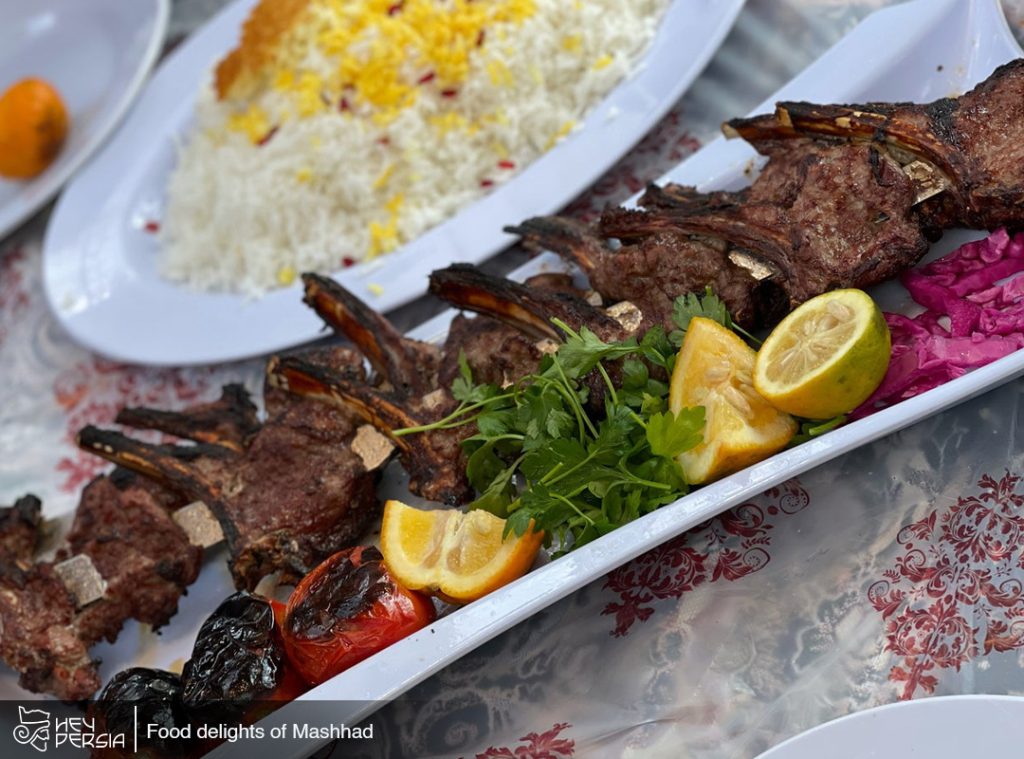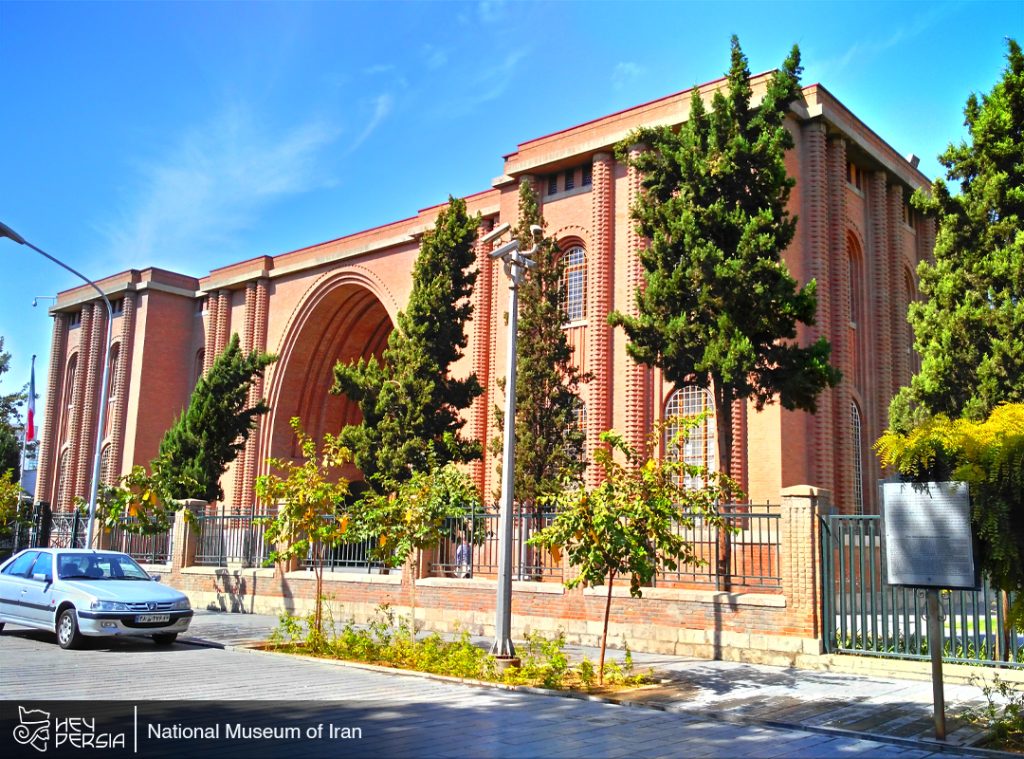Have you ever heard the name of The Museum of Akbariyeh Garden in Iran? Do you know where this Delgosha garden is located in Iran and what are its features? Akbariyeh Garden is one of the 9 Iranian gardens that were as a UNESCO World Heritage Site in 2011. In order to get to know more about the garden of the Akbariye Museum and to know why it was as an Iranian garden? How old is it and…? Follow us on the Hey Persia blog.
Where is the The Museum of Akbariyeh Garden in Iran?
Akbariye Garden is located in the center of South Khorasan Province, Birjand. Until about a century ago, this garden was located outside the city in the village of Akbariyeh. But with the development and growth of the society, this village also joined the city and today it is as one of the famous places of Birjand. Address of Akbariyeh Birjand Garden: To visit this 4.5-hectare garden, you must go to Mader Square, Moalem Blvd. Additionally, The working hours of Bagh Akbariyeh are every day from 9:00 to 13:00 and in the afternoons from 14:00 to 19:00. This complex closed on Monday and Friday mornings.
History of The Museum of Akbariyeh Garden in Iran
Generally, Perhaps, upon hearing that Akbariyeh Garden is one of the Iranian gardens in the world register, you may imagine that you are facing an ancient garden that is very old. But we must say, its construction started at the end of the Zandiya period and the beginning of the Qajar period, so it is not very old. But what happened that it is mentioned as an Iranian garden in UNESCO?

Iranian gardens have 3 distinct characteristics:
The element of water is a lot in them, especially they have a permanent atmosphere.
They have a mansion or a pavilion and a pool in the center.
They are by high walls.
According to the features we have mentioned about Iranian gardens, we must say:
Akbariyeh garden is on a sloping land, and has a square-shaped pool in its southern part. The garden has a main atmosphere and several secondary atmospheres, its buildings are not far from nature and have a close relationship with each other. All kinds of shady and fruit-bearing trees, flowers and plants, especially medicinal plants, can be in this 45,000 square meter garden.
The oldest building
Its oldest building is “Heshmat-ul-Molk” which is located at the eastern end of the garden. Heshmat al-Mulk was the ruler of Qaynat region and his grandson Asadullah Alam was one of the most important political figures of Mohammad Reza Pahlavi’s era.
Bagh Akbariyeh, which is “Kalate Sarkar Amir” in the local language, was the place where the Alam family lived, received and conducted their official affairs. With the death of Shaukat al-Mulk, his son, Asadullah Alam, also used this world complex to live and entertain Mohammad Reza Pahlavi and Farah at certain times of the year. Finally, in 1355, Asadullah Alam dedicated the garden of Akbariyeh Museum to Astan Quds. Unfortunately, this 4.5-hectare garden involved in the events of the revolution for many years. In such a way that a part of it faced irreparable destruction.
Bagh Akbariyeh Birjand
Birjand Akbariye Mansion and Garden was in the list of national monuments of Iran in 1378.
Architecture of Akbariyeh Garden in Birjand
The architectural form of the Akbariyeh mansion and garden is by Russian architecture, which has combined with Iranian and Islamic architecture and has created a new style. As mentioned, the construction of Birjand Akbariya mansion and garden was in several stages, which we will introduce in this part:
1- Heshmat-ul-Molk mansion
The oldest part of the Akbariyeh Museum garden is the two-story building of Heshmat al-Mulk, which is known as the central mansion. This building is located in the northern garden and has the status of a pavilion in Iranian gardens.
Read more 1000 years with Cypress, the oldest tree in Kerman province
Its first floor has two corridors and a long corridor that leads to the main garden, the south garden and the stables. Heshmat al-Mulk mansion was used for holding parties and ceremonies due to its magnificent decorations. Heshmat-ul-Molk mansion The Heshmat-ul-Molk mansion or the central mansion is the pavilion in Iranian gardens, which is built in two floors.
2- Southern garden
Finally, According to its name, the southern garden is located downstream of the garden and is slightly smaller than the northern garden. There is a square garden pool in it. One of the main reasons why the Akbariyeh garden was registered as an Iranian garden in UNESCO is the existence of this large pool.
The Museum of Akbariyeh Garden in Iran
As mentioned, these days, the management of Akbariye Garden in Birjand city is under the responsibility of the General Department of Cultural Heritage, Handicrafts and Tourism of South Khorasan. Its different parts have various uses, which we will mention below The part built in the early Qajar period was into a library, the Heshmat-ul-Molk mansion was into an archaeological and anthropological museum. Additionally, the parts developed during the Pahlavi period were also into an administrative part. Another part of the garden of Akbariyeh Museum has turned into a wildlife museum where the rarest birds of South Khorasan province kept. Finally, Other parts of it are to the traditional tea house and dining room.






